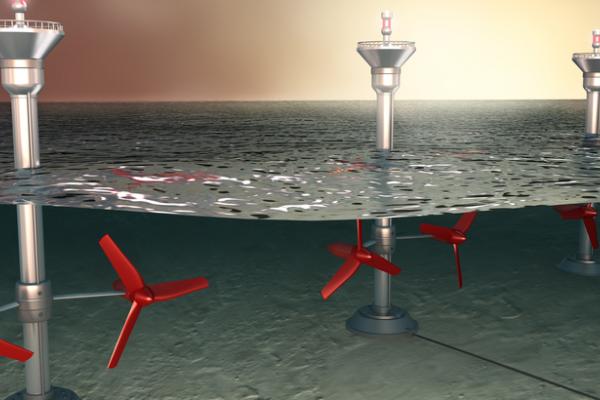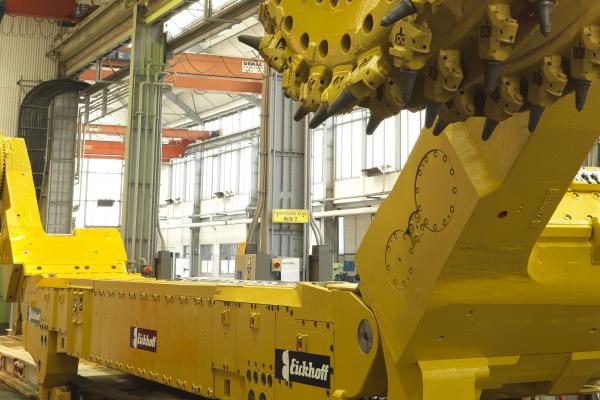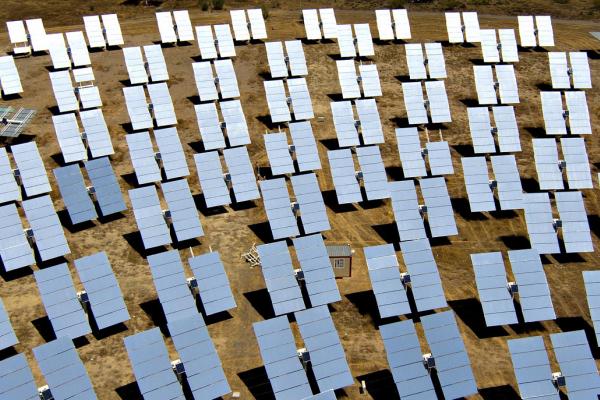During October, Horizon looks at wind turbines that can float far out to sea, and innovative materials to make solar panels that can generate more energy from the sun. We report from the International Thermonuclear Experimental Reactor (ITER) in the south of France, where world powers are collaborating on a nuclear fusion reactor which will operate at temperatures ten times hotter than the core of the sun.
Horizon also examines some of the innovative ideas that are helping Europeans save more energy in the home, and explores the world’s most sustainable office building.
This video gives an overview of what the EU is doing in the field of energy research and innovation.
These videos give you more information about specific areas of energy research:
Cheaper and greener electricity at home
Exploring the effects of low-dose radiation
Green buses for European cities
Innovative photovoltaic modules
Large scale carbon capture for cleaner air






